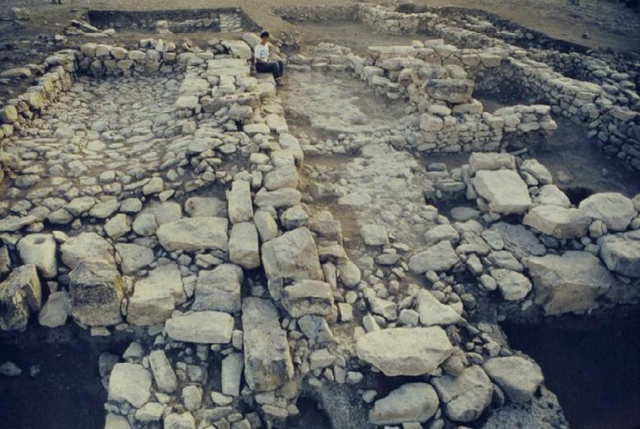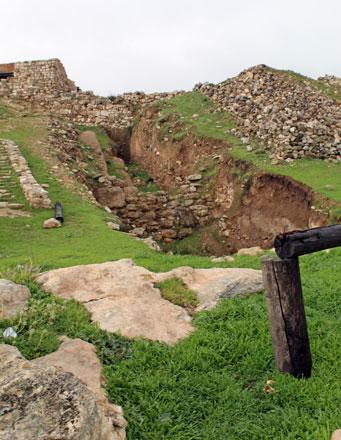You are here
Jordanian scholar explores demographics of ancient settlements
By Saeb Rawashdeh - Jan 06,2020 - Last updated at Jan 06,2020
AMMAN — The significance of demographic study originates from the fact that it highlights social and cultural aspects of a society, according to a Jordanian archaeologist.
Referring to a demographic analysis of settlement of the Early Bronze Age in the southern Levant, Eslam Dawodieh from the University of Jordan said: “Information derived from these studies enables researchers to discuss aspects of society such as the relationship between household units and social organisation, as well as the relationship between population and political or economic organisation.”
Her research revolves around demographic aspect of the Early Bronze Age II-III/IV in the south of the Levant.
“The Early Bronze Age II-III represents the stage of urbanisation or what is known as the city state, while the IV Bronze Age represents the village stage, excluding some sites such as Khirbet Iskander,” Dawodieh told The Jordan Times in a recent e-mail interview.
This study relied primarily on the identification of houses during II-III/IV phases in order to arrive at a perception of the nature of the houses, especially the living rooms, in order to determine the measurements for each house, she added.
During the period of the Early Bronze Age II-II/IV Tell Arad (Palestine) had 2,997 inhabitants, Jericho 955, Khirbet Zeraqoun (13km northeast of Irbid) 1982, Khirbet Iskander (near Madaba) 2040 and Khirbat Al Batrawy (25km north of Amman) 1388, Dawodieh said.
“The cultural and social changes that occurred between the three phases may be the result of the expansion of trade relations and thus the entry of a new cultural item," she said.
“Future discoveries may prove or refute this thesis,” Dawodieh concluded.
Related Articles
AMMAN — Bayesian modelling, a method of statistical analysis, applied to Radiocarbon dating, has changed perceptions of the Early Bronze Age
AMMAN — The Early Bronze IV (c. 2,500- 2,000BC) in the ancient Near East was marked by a systematic change.
AMMAN — The system of centralised, urbanised settlements established in agriculturally productive valleys and plans broke down in the southe
















